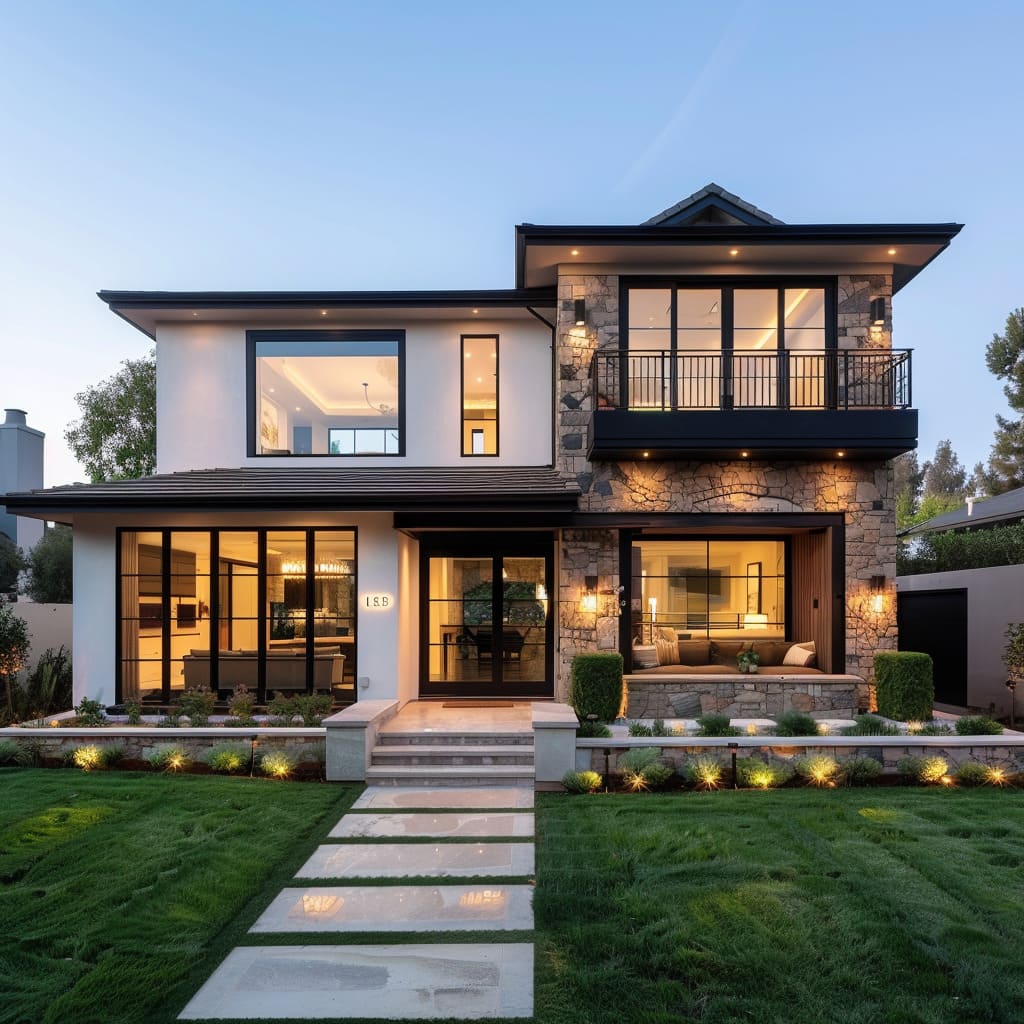Hallo, you! Have you ever felt bored with the current look of your home? Or maybe you’re on the lookout for some fresh inspiration to renovate your living room or bedroom? Don’t worry, because this article is here to provide you with a plethora of stunning home design concepts that will breathe new life into your interiors. From playing with colors to rearranging furniture, we’ll cover all the tips and tricks you need to create a space that’s both comfortable and visually appealing. So, let’s dive into this home design journey and discover how you can transform your house into a true reflection of your personality.
The Power of Color
One of the most crucial elements in home design is color. Colors have the ability to alter moods and create specific atmospheres within a room. For instance, neutral tones like white, gray, and beige can make a space feel open and serene, while brighter colors like yellow, red, or blue can add energy and vibrancy. However, choosing the right color is not just about personal preference, but also about how the color interacts with natural light and other elements in the room. A harmonious color scheme can make your space look more organized and inviting. Consider the room’s purpose when selecting colors; for example, calming tones are great for bedrooms, while more stimulating hues can be perfect for social spaces like the living room.
Creating a Focal Point
Every well-designed room has a focal point that draws the eye and provides a visual anchor. Reporting from havenblueprint.com A focal point can be an artwork, a piece of furniture, or an architectural feature like a fireplace or a large window. It helps to direct attention and gives structure to the space. For example, in a living room with a beautiful view, a large window could serve as a perfect focal point. But if your space lacks a prominent architectural feature, you can create a focal point by adding a striking piece of art or a bold accent wall. The key is to ensure that this element stands out without overpowering the rest of the room.
Arranging Furniture for Functionality and Flow
Proper furniture arrangement is crucial to creating a space that is both functional and comfortable. One common mistake in furniture placement is pushing all pieces against the walls, which can make the room feel rigid and unwelcoming. Instead, try arranging your furniture in a way that encourages interaction and conversation. For instance, in a living room, place sofas and chairs facing each other with a coffee table in the middle. This not only creates a more inviting atmosphere but also makes better use of the space. Ensure there’s enough room for movement, so the space doesn’t feel cramped. Experiment with different layouts until you find one that feels right for the space.
The Importance of Lighting
Lighting plays a vital role in interior design. It not only serves the practical purpose of illuminating a space but also helps to set the mood and highlight certain features. There are three types of lighting to consider: ambient, task, and accent lighting. Ambient lighting provides overall illumination, like ceiling lights or chandeliers. Task lighting is focused on specific areas, such as table lamps for reading or kitchen lights for cooking. Accent lighting is used to highlight particular objects, like art pieces or bookshelves. By combining these types, you can create a room that is not only well-lit but also visually interesting. Don’t underestimate the impact of good lighting on the overall feel of your home.
Adding Personal Touches
Home design is not just about following trends; it’s about creating a space that reflects your personality and lifestyle. Adding personal touches can make your home feel more warm and unique. This could be through a collection of books, family photos, or antiques that hold sentimental value. Don’t hesitate to display items that are meaningful to you, as they will make your home feel more lived-in and authentic. Moreover, consider your lifestyle when designing your home. If you frequently host family gatherings or social events, ensure your living or dining spaces are comfortable and spacious enough to accommodate guests. Personal touches and functionality are key to creating a home that’s not only beautiful but also enjoyable to live in.
Making the Most of Empty Space
One of the biggest challenges in home design is making the most of empty spaces. Empty spaces don’t always need to be filled with furniture or decorations. Sometimes, leaving a space open can have a more significant visual impact and make the room feel larger. For instance, if you have a large blank wall, instead of cluttering it with decor, you could add one or two significant elements like a large mirror or artwork and leave the rest bare. This approach creates a focal point without making the room feel cluttered. Additionally, empty spaces allow for breathing room in the design, letting each element stand out more.
Mixing Modern and Traditional Elements
One trend that is growing in popularity is the combination of modern and traditional elements in a single room. This style, known as eclectic design, blends various styles to create a unique and personal look. For example, you might pair a modern dining table with vintage chairs or add antique wooden furniture to a room filled with contemporary pieces. The key to eclectic design is maintaining a balance between the different elements so that they complement rather than clash with each other. By mixing modern and traditional styles, you can create a space that is rich in character and visually captivating.
